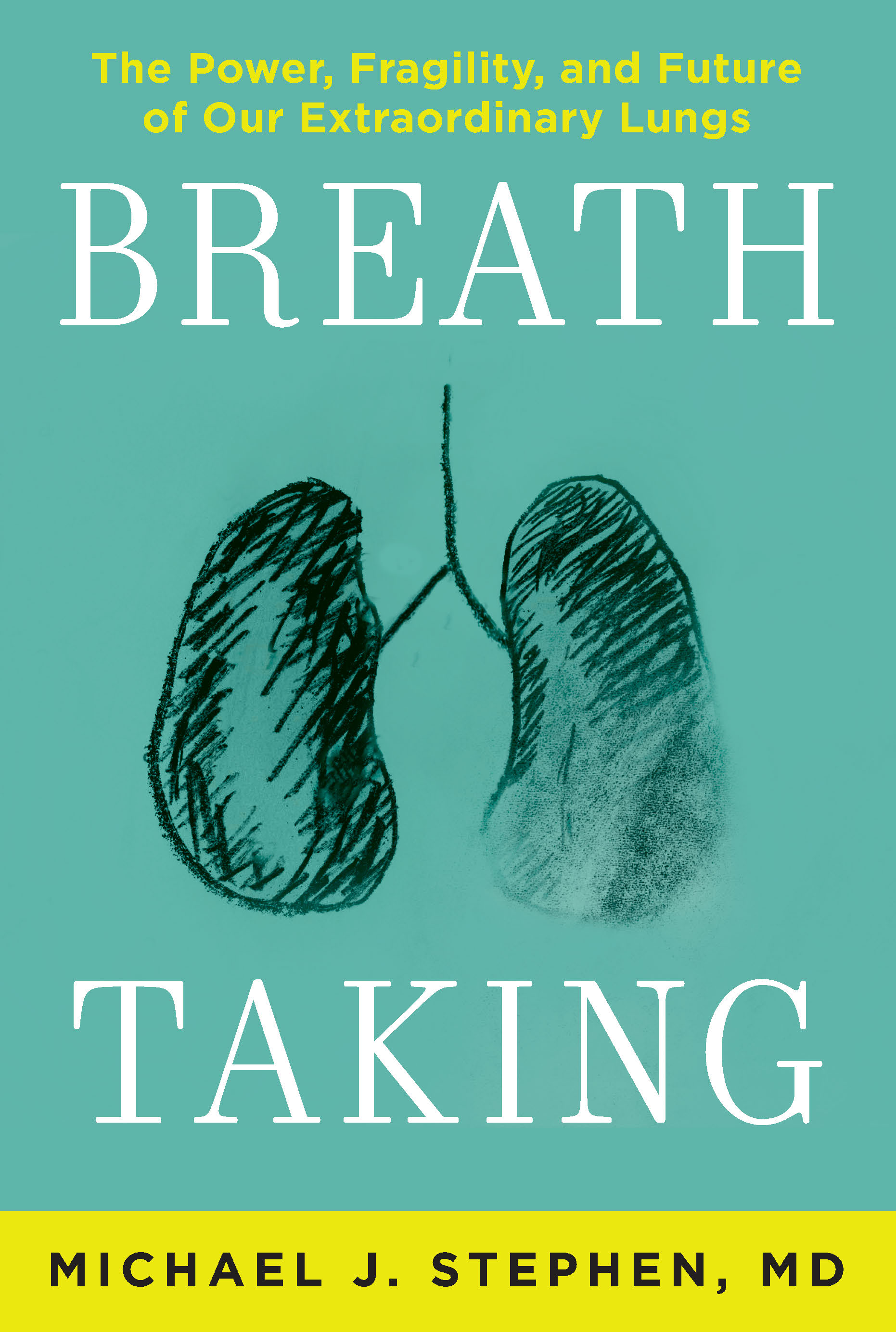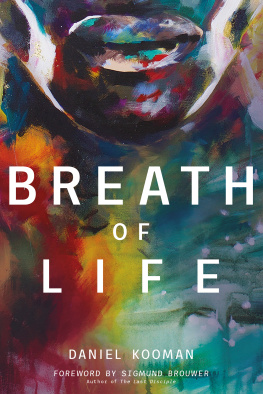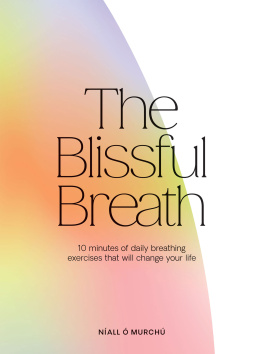Michael J. Stephen - Breath Taking
Here you can read online Michael J. Stephen - Breath Taking full text of the book (entire story) in english for free. Download pdf and epub, get meaning, cover and reviews about this ebook. year: 2020, publisher: Grove Atlantic, genre: Non-fiction. Description of the work, (preface) as well as reviews are available. Best literature library LitArk.com created for fans of good reading and offers a wide selection of genres:
Romance novel
Science fiction
Adventure
Detective
Science
History
Home and family
Prose
Art
Politics
Computer
Non-fiction
Religion
Business
Children
Humor
Choose a favorite category and find really read worthwhile books. Enjoy immersion in the world of imagination, feel the emotions of the characters or learn something new for yourself, make an fascinating discovery.

- Book:Breath Taking
- Author:
- Publisher:Grove Atlantic
- Genre:
- Year:2020
- Rating:3 / 5
- Favourites:Add to favourites
- Your mark:
- 60
- 1
- 2
- 3
- 4
- 5
Breath Taking: summary, description and annotation
We offer to read an annotation, description, summary or preface (depends on what the author of the book "Breath Taking" wrote himself). If you haven't found the necessary information about the book — write in the comments, we will try to find it.
Breath Taking — read online for free the complete book (whole text) full work
Below is the text of the book, divided by pages. System saving the place of the last page read, allows you to conveniently read the book "Breath Taking" online for free, without having to search again every time where you left off. Put a bookmark, and you can go to the page where you finished reading at any time.
Font size:
Interval:
Bookmark:

BREATH TAKING
The Power, Fragility, and Future of Our Extraordinary Lungs
BREATH TAKING
MICHAEL J. STEPHEN, MD

Atlantic Monthly Press
New York
Copyright 2021 by Michael J. Stephen
Jacket design by Becca Fox Design
Jacket photograph Alexandr Muntean / Alamy Stock Photo
All rights reserved. No part of this book may be reproduced in any form or by any electronic or mechanical means, including information storage and retrieval systems, without permission in writing from the publisher, except by a reviewer, who may quote brief passages in a review. Scanning, uploading, and electronic distribution of this book or the facilitation of such without the permission of the publisher is prohibited. Please purchase only authorized electronic editions, and do not participate in or encourage electronic piracy of copyrighted materials. Your support of the authors rights is appreciated. Any member of educational institutions wishing to photocopy part or all of the work for classroom use, or anthology, should send inquiries to Grove Atlantic, 154 West 14th Street, New York, NY 10011 or .
FIRST EDITION
Published simultaneously in Canada
Printed in Canada
This book is set in 11-pt. Janson LT by Alpha Design & Composition of Pittsfield, NH.
First Grove Atlantic hardcover edition: January 2021
Library of Congress Cataloging-in-Publication data is available for this title.
ISBN 978-0-8021-4931-2
eISBN 978-0-8021-4933-6
Atlantic Monthly Press
an imprint of Grove Atlantic
154 West 14th Street
New York, NY 10011
Distributed by Publishers Group West
groveatlantic.com
Life and respiration are complementary. There is nothing living which does not breathe nor anything breathing which does not live.
William Harvey, 1653
CONTENTS
: Lungs = Life
THE PAST: THE LUNGS SHAPED OUR BEGINNINGS, PHYSICALLY AND SPIRITUALLY
: Oxygen, Then Existence
: We Must Inhale and Exhale. But Why?
: An Infants Drive to Breathe
: The Extraordinary Healing Power of the Breath
THE PRESENT: OUR LUNGSAND USAGAINST THE WORLD
: A Window onto the Immune System
: The Lungs and the Common Good
: Nicotine Seduction and Stem Cells
: Health Is Not the Absence of Disease: Climate Change
: Exposures Unnecessary: Time Does Not Heal All Wounds
THE FUTURE: THE LUNGS PROVIDE A VISION OF WHATS TO COME
: Curing the Incurable
: Getting Personal with the Lungs
: The Breath and the Voice
: The Miracle of Lung Transplant
LIFE, LOVE, AND THE LUNGS
: The Greatest Medical Story Never Told
: Cystic Fibrosis, the Most Heartbreaking Lung Disease
Prologue: Lungs = Life
The life-giving power of the breath is acknowledged very early in the Bible: in the second chapter of Genesis, line 7 reads, the Lord God formed man from the dust of the ground, and breathed into his nostrils the breath of life, and the man became a living being.
Ancient knowledge about the power of the lungs was not limited to the Western world. Buddhism and Hinduism were based on an understanding of the potency of the breath. According to these disciplines, studying and harnessing the breath was the only recognized way to nirvana. Thich Nhat Hanh, a Vietnamese Buddhist monk, summarizes this ancient philosophy well in his 1975 book The Miracle of Mindfulness : Breath is the bridge which connects life to consciousness, which unites your body to your mind.
The emphasis on the breath is not a thing of the past for Eastern religions; breathing continues to occupy a central role in their teachings today. The Hindu name for the breath is prana , which, like the western ruach and Holy Spirit, is not just a word for air, but an acknowledgment of the breath as the ultimate life force. This knowledge is spreading back to the West through disciplines such as yoga and mindfulness, but also through techniques aimed at improving endurance, and even intimacy. These practices demonstrate that the mind and the heart follow the lungs, not the other way around.
Civilizations throughout history have equated the breath with the soul, using one term to refer to both. In ancient Egypt, it was ka ; in Zulu, umoya ; in ancient Greece , pneuma ; in Hinduism, prana . In his 1653 Lectures on the Whole of Anatomy , William Harvey, the famous seventeenth-century British physiologist, stated simply but profoundly , Life and respiration are complementary. There is nothing living which does not breathe nor anything breathing which does not live.
As an organ, the lungs must do an incredible amount of work all day, every day. With an average respiratory rate of fourteen breaths per minute, and an average volume of 500 milliliters of air per breath, a typical adult inhales and exhales 420 liters of air every hour. In one day, the total is roughly 10,080 liters, a tremendous amount of gas for every human on this planet to utilize. Yet, in the absence of lung disease this work is effortlessly integrated into our lives, happening without any conscious effort.
With a signal from the brain, the diaphragm contracts downward, expanding the lungs in an instant. In this way, the breath of life is drawn into the body, and contained in it are millions of oxygen molecules. The lungs seamlessly pass the oxygen off to the red blood cells, which, with the help of the heart, deliver these molecules of life to the cells of the brain, muscle, kidneys, and other organs. Continuing the circuit, carbon dioxide, produced as oxygen is consumed by our tissues, is whisked through our veins and back to the lungs, and then expelled into the atmosphere as the diaphragm now relaxes. It is a beautiful circle of reuse and recycle, appropriately termed circulation, with the lungs as the centerpiece, the lynchpin connecting the body and the outside world.
That oxygen, life, and lungs all came into our world in relatively close succession is no coincidence. Only with oxygen and some means of extracting it are all things possiblethinking, moving, eating, speaking, and loving. Life and the breath are synonymous. Significantly, our arrival into the world as infants is considered a success when we take our first breath outside of our mothers womb, and our leave-taking occurs when our last breath is expelled.
We are not the only ones breathing, of course. Breathing is the mechanism for harnessing the life force all over the Earth, and every organism above the level of microscopic anaerobe respires, including every single fish and animal, as well as all plants. Plants are known as oxygen producers because of photosynthesis, but they, too, constantly breathe, consuming oxygen to fuel their energy needs at the same time photosynthesis is occurring. We all utilize this communal resource called the atmosphere together.
There is something transcendent in the very structure of our respiratory system. It begins in the trachea, the single wide tube that accepts air after it comes in through the mouth or nose. The trachea branches into the bronchi of the right and left lungs, with the airways continuing to divide into increasingly smaller tubes, finally opening, deep in our lungs, into grapelike clusters called alveoli, the actual site of gas exchange. This structure, taken as a whole, resembles a tree, with its trunk and progressively smaller branches emerging into their site of gas exchange, leaves. Other examples of this configuration in nature aboundstreaks of lightning converging into a single bolt only to diverge again as they approach the ground; the tributaries of a riverbed unifying into one main waterway; the human body itself, branching from its trunk to arms and legs, then fingers and toes. The lungs tap into something universal in their structure, maximizing uptake of the life force that surrounds all of us.
Font size:
Interval:
Bookmark:
Similar books «Breath Taking»
Look at similar books to Breath Taking. We have selected literature similar in name and meaning in the hope of providing readers with more options to find new, interesting, not yet read works.
Discussion, reviews of the book Breath Taking and just readers' own opinions. Leave your comments, write what you think about the work, its meaning or the main characters. Specify what exactly you liked and what you didn't like, and why you think so.









